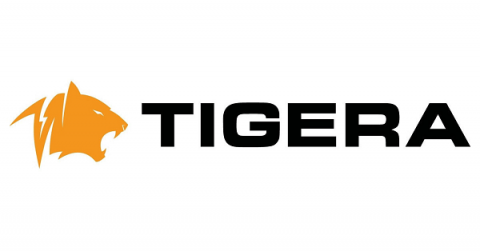When Linux conntrack is no longer your friend
Connection tracking (“conntrack”) is a core feature of the Linux kernel’s networking stack. It allows the kernel to keep track of all logical network connections or flows, and thereby identify all of the packets which make up each flow so they can be handled consistently together.


